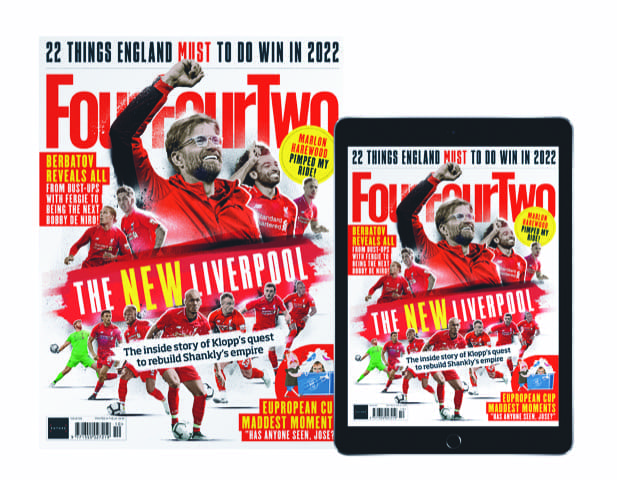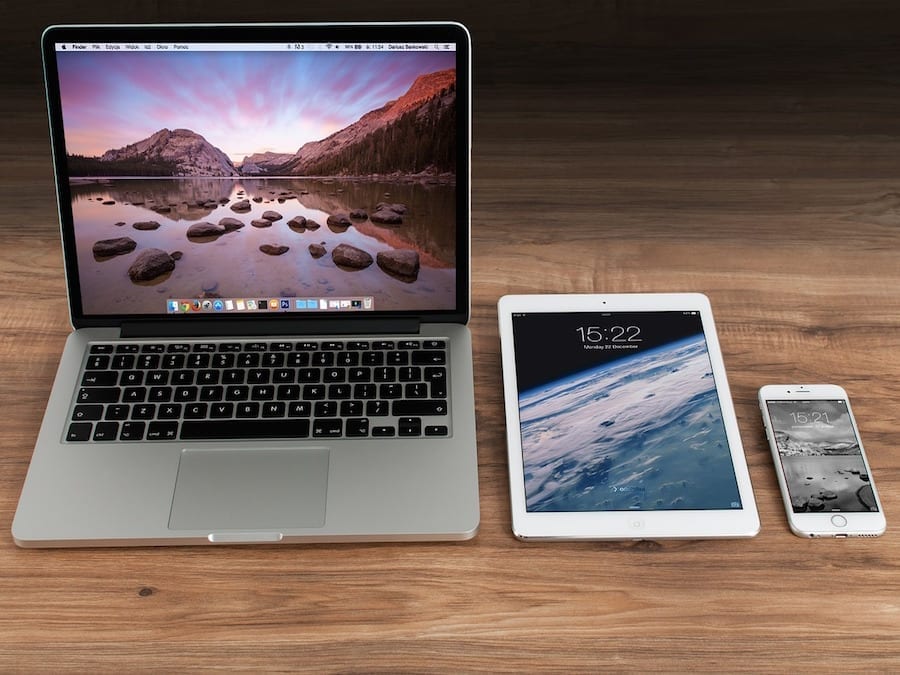|
Getting your Trinity Audio player ready...
|
Digital editions (of print issues) haven’t achieved much success, with sales often trailing woefully behind that of the print edition. This is despite the growing variety of distribution opportunities through platforms such as Readly and pocketmags.
But are strategies changing in terms of how editions are developed and consumed? And could this lead to increased growth?
A multiplatform approach
After eight years of experimenting trying to create a sustainable model, the paradigm in digital appears to be heading in the right direction. Perhaps it began with ABC (UK’s Audit Bureau of Circulation) combining a title’s digital and print circulation figures in their quarterly reports rather than citing them as separate entities.
With technology continually evolving, publishers – some of which are clients – are also rethinking their brand provisions. Instead of seeing each extension as a separate entity, many are developing a more flexible, bespoke product encompassing print, digital and online that reflects their reader’s consumption habits.
Alastair Lewis – formerly Group Director at Haymarket and now Managing Director of Hobbies Group at Future plc – says a successful digital edition comes down to three things:
- Being able to reach your audience on the platforms they are using. “At Future, we know that our users are on their mobile devices and need and want to be able to access content from those devices.”
- Reinforcing the value of our magazine product. “Which you can’t do on a website in quite the same way.”
- Growing the subscriber base. “If I’m a subscriber I want to sit with my print copy at home but also be able to download to a mobile device on my commute or travels.”
FourFourTwo leads the way

First established in 1994, FourFourTwo marks its silver jubilee this year. Earlier this year it was among five titles bought by Future Publishing as part of a £14m deal with Haymarket Media Group. Currently with a combined digital and print circulation of 60.2K it appears to have successfully navigated the digital disruption era.
Alastair Lewis – whose responsibilities at Future include profit and loss and the strategic direction of a large portfolio of high-profile consumer brands – reveals how the title has evolved, from a print edition into a multi-platform value proposition which is achieving growth in its digital outputs.

“The idea for FourFourTwo came from a junior picture editor who was working at Haymarket. The aim was to develop a magazine that catered for a less partisan audience. At that time, there was a gap in the market as, until that point, football had only been served by newspapers which gave factual accounts of matches. In terms of magazine coverage this was restricted to fanzines for each club.
“FourFourTwo’s launch coincided with a takeover of broadcast coverage by Sky and formation of Premier league. What followed was this lifestyle-driven, friendlier face of football. From the first issue, the magazine targeted the thinking football fan with an editorial focus on access to key players, insight and humour.
“It just worked, but getting the digital edition right was much harder.
“When the iPad first launched in 2010, we felt it would be a game changer. So initially we invested a lot of resources into research and development to achieve the best form of apps for the iPad. But frankly, it was hard to make these work and even harder to make the apps pay for themselves.
“By 2013 things began to shift. Along had come ZINIO, Apple Newsstand and companies like PixelMags which came up with relatively straightforward ways for publishers to turn their print-ready pages into a digital format.
By that time, having spent a year or two trying to create all singing and dancing iPad app versions of print magazines, I think we realised – along with other publishers – that if somebody wanted to read FourFourTwo on their iPad, it was because they just wanted more choice in how and where they consumed the magazine. It was not that they necessarily needed or were asking for an interactive version with lots of add-ons but about having a portable, digital version of the print magazine.
“This was an important learning curve because the brand went further than any other Haymarket title, at one point launching an app FFT weekly, which was a purely digital edition. However, it struggled to get the traction that we hoped or expected. Most likely this was down to a certain plateauing in terms of iPhone and tablet sales, the different ways people end up using those devices, and the fact that advertisers just weren’t ready to commit to a new platform at that time.
“In terms of growth, what we have achieved now is a consistent and successful revenue stream. Although the digital edition is not delivering huge revenues, there is consistent growth in terms of single issues and subscriptions through our app and on platforms such as ZINIO and more laterally, Readly.
“Long term, I believe the Spotify-style model that Readly have created is the way forward for digital editions because it works for both publishers and readers.
“Now we are producing print editions then finding a way within that workflow of putting those pages into digital editions. This is a winner because the costs become minimal. As a result, FourFourTwo’s digital edition is profitable, because production costs are much lower and we are no longer producing additional content and development resource.
“Evolving technology has also contributed by moving away from the old-style page turners when high quality could only be achieved by using html. Platforms such as Readly have improved page-turner technology to such an extent that the user experience is excellent.
“Yet on the negative side, in 2015 Apple shifted its focus by introducing its News app and effectively closed the newsstand. Now consumers are driven to Apple’s News app for stories this has impacted on digital sales. Although FourFourTwo has had great success through News in terms of generating views and audience – achieving figures of 2m plus a day – this footfall is hard to monetize.
“What does the future hold for this iconic brand? Well, we have spent a lot of time over the last three years developing capabilities around video, our website and the global reach of the brand and these aspects will continue to evolve.
“Over the next five years the focus will continue to be on reaching our audience on the platforms they are using while also growing those recurring revenue streams and more direct relationships with our audience. In doing that we will continue to be in a strong position to help brands (advertisers) speak to that difficult-to-engage male audience that we reach so well.”
From my perspective
There are some strong digital/print models such as FourFourTwo starting to emerge across the sectors proving that there is a potential for profit, but only if publishers get the model right.
But . . . as with membership models, there isn’t a one-size fits all solution. So moving forward I would advise publishers to focus more on understanding their readers’ consumption habits, while ensuring that digital doesn’t become resource-heavy. Only then will digital editions form a more cohesive part of a magazine’s overall value proposition.


